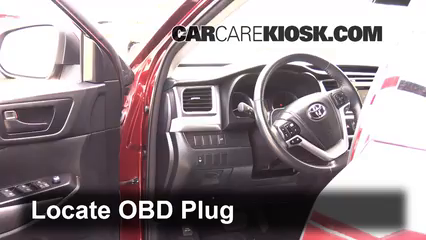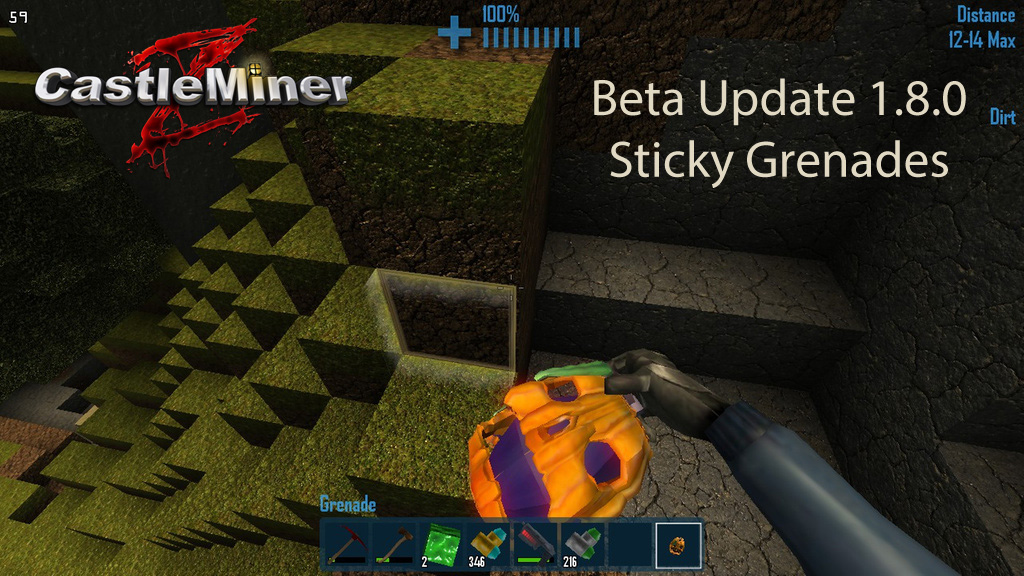

If you have any suggestion on how to get your code working on none-reverse I would love to hear and test them out on my system. M ycode might have glitches and points when it lose data - but none that I have seen so far - for example strange spike in the speed or rpm value … I know my code is a mess … but it never failed me yet … and I just came back from a 20 min ride with an OLD screen display and the speed + rpm were showing normal reading all the way PinMode(ENGINE_DATA_PIN, INPUT) // _PULLUPĪttachInterrupt(ENGINE_DATA_INT, ChangeState, CHANGE) īut the only result I get is “Fail 4 firtbit” … Volatile uint8_t ToyotaNumBytes, ToyotaID I have inverted the Eng line using an Opto-Coupler, if yours isn’t then reverse these low & high defines.

Should read DIAGNOSTICS on the lid which flips to one side. Above the PS pump and air con pump should be a little black box the size of a pack of P.J. #define ENGINE_DATA_INT 0 // for attachInterrupt Spoiltrotten, open the bonnet, look at the left end of the motor. I took your code and since my signal is not reversed and I’m using an UNO (I’m assuiming you are using DUO) I made the following changes in the code and added a 12K resistor between PIN-D2 with and ground (instead of the pull_up in the code). OBD I codes are not very useful for a mechanic, it's more productive to check for fuel, air and spark.
#TOYOTA DIAGNOSTIC PORT PC#
Optionally you could build an interface with an opto isolator or relay that would isolate the PC from the vehicle so grounding wouldn't be an issue, but that's going to require more hardware and a better understanding of electronics.Īre you attempting to troubleshoot a particular problem on a specific vehicle or is this an academic exercise? If you're an aspiring shadetree mechanic it's probably best to try and address the symptoms directly instead of expecting the ECU to tell you what the problem is. Regarding the ground situation, I'd follow the recommendation to use a PC with a ground, you can't just take a wire and touch it to the ground, that's not what a ground is. Youtube and google will get you the info you need pretty quickly on how to connect to the vehicle. When possible we give the more commonly known OBD II component name.

The codes are defined as to what system is affected. The codes are listed seperately for Camry and Corolla models as needed. I'd look for the pin out for the same year and model vehicle as I don't have much confidence that even within the same manufacturer there was much consistancy where OBD I was concerened. This covers Toyota Motor Corporation OBD I diagnostic and explains how to get the codes without any special tools. You'll have to spend some time searching to get the pin out, how to read the codes and what the codes represent. The tricky part is that all manufactuers use different connectors and different codes. The diag port can give a little info but really most useful is the E1 and T (or Te1) jumper to read when a code is present (or to check base timing, no codes will result in the engine light flashing constant), and the next useful thing (especially on AFM systems) is the fuel pump port - where you can bypass the AFM system / circuit opening relay to run the pump directly as a diagnostic method. All you'll have to do is monitor the long and short flashes and interperet them as a code.
#TOYOTA DIAGNOSTIC PORT SERIES#
There are 2 pins on the OBD connector that will output a series of long and short outputs, somewhat like morse code. As I recall OBD I trouble codes are pretty primitive.


 0 kommentar(er)
0 kommentar(er)
